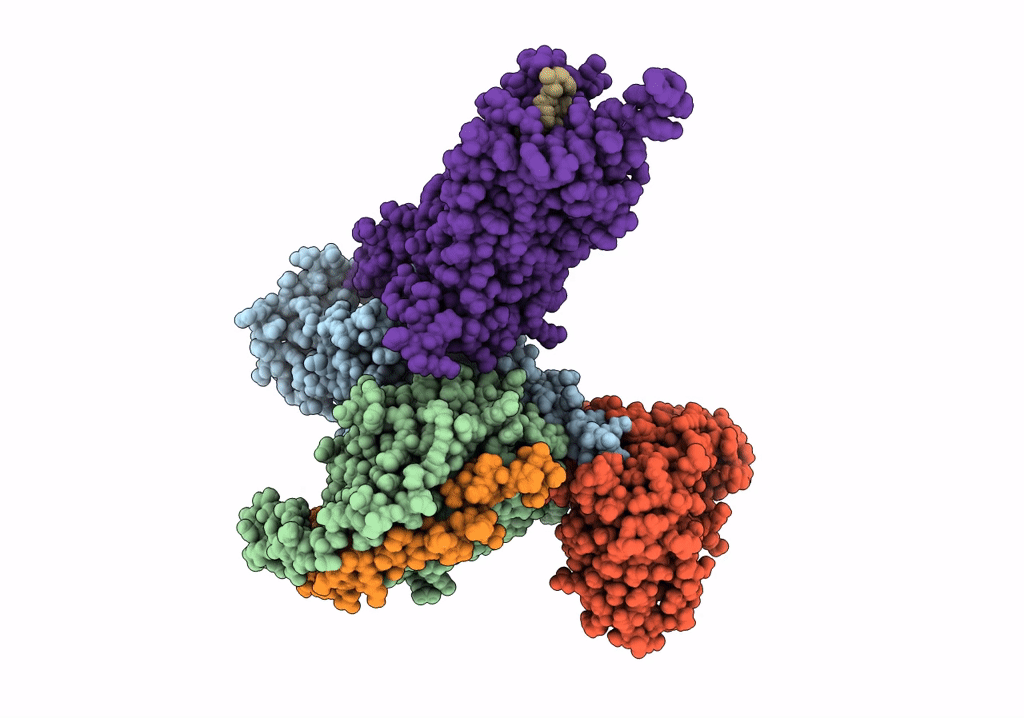
Deposition Date
2021-11-29
Release Date
2022-04-20
Last Version Date
2025-07-02
Entry Detail
PDB ID:
7W55
Keywords:
Title:
Cryo-EM structure of the neuromedin U-bound neuromedin U receptor 2-Gq protein complex
Biological Source:
Source Organism:
Homo sapiens (Taxon ID: 9606)
Host Organism:
Method Details:
Experimental Method:
Resolution:
2.80 Å
Aggregation State:
PARTICLE
Reconstruction Method:
SINGLE PARTICLE


